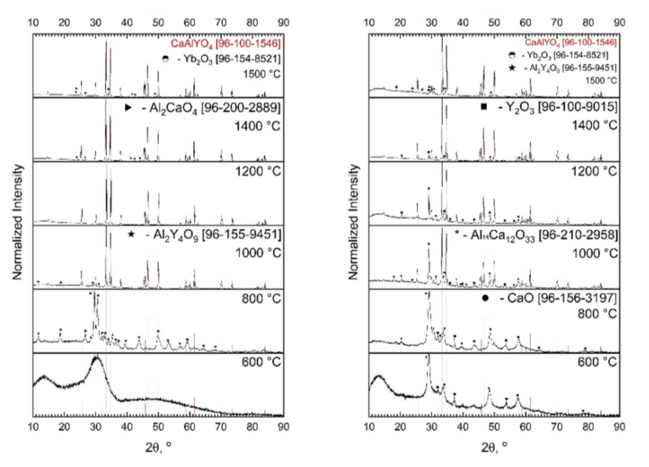
Title: Development of New CALGO/CALYO Crystals Doped with Yb, Ho, and Other Lanthanoids for High-Power Femtosecond Lasers
Research proposal No: 1.1.1.9/LZP/1/24/019
Duration: 01.03.2025.-29.02.2028.
Project Leader: Monika Skruodiene
Total budget: 184 140 EUR
European Regional Development Fund (ERDF) funding: 156 519 EUR
ISSP UL budget: 9207 EUR
Project description:
The main aim of this postdoctoral research project is to develop new crystal materials, specifically CALGO (CaGdAlO4) and CALYO (CaYAlO4) doped with ytterbium (Yb), holmium (Ho), and other lanthanoids, for high-power femtosecond laser applications. The project will focus on growing these crystals using advanced crystal growth techniques such as Czochralski (CZ), Optical Floating Zone (OFZ), and Laser Floating Zone (LFZ) methods. The key objective of this proposed project is to optimize the crystal growth process, enhance the material properties, and evaluate the performance of these crystals in femtosecond laser applications. These materials are chosen due to their broad gain bandwidth, excellent luminescent properties at various wavelengths (1030 nm, 2000 nm, 2500 nm), and superior thermal conductivity, making them suitable for next-generation high-power lasers.
CALGO and CALYO are two crystal materials that have attracted interest in the field of laser technologies because of their properties. This crystal has outstanding thermal, spectroscopic and mechanical properties, which enable highly efficient and safe generation of continuous-wave radiation and ultrafast pulses with ever short durations. Also, these materials are known for their ability to act as host lattices for rare earth alloying materials, which improves their optical properties and extends their use in various applications.
PROJECT PROGRESS
Time period: 01.03.2025. – 30.06.2025.
The following tasks have been successfully completed:
A comprehensive synthesis protocol using the solid-state technique was developed and refined for producing CALGO and CALYO powders doped with Yb, Ho, and other selected lanthanoid elements.
Extensive literature review on solid-state synthesis methods specific to CALGO and CALYO systems was conducted to guide experimental planning.
All necessary raw materials, including CALGO and CALYO precursors as well as lanthanoid dopants (Yb, Ho, etc.), were procured.
The required synthesis setup, including furnaces, crucibles, and mixers, was calibrated and optimized for reliable operation.
Baseline synthesis procedures for undoped CALGO and CALYO powders were successfully established through initial experimental trials.
Yb and Ho were incorporated into the synthesis process, and their effects on powder morphology and phase development were systematically studied.
The synthesis protocol was iteratively refined by optimizing parameters such as temperature, reaction time, and dopant concentrations.
Additional lanthanoid dopants were included in the synthesis process, and their influence on phase formation and homogeneity was documented.
The homogeneity and structural quality of the doped powders were evaluated using X-ray diffraction (XRD).
Based on the results of powder characterization, further iterations of the synthesis process were carried out to improve phase purity, uniformity, and overall powder quality.


